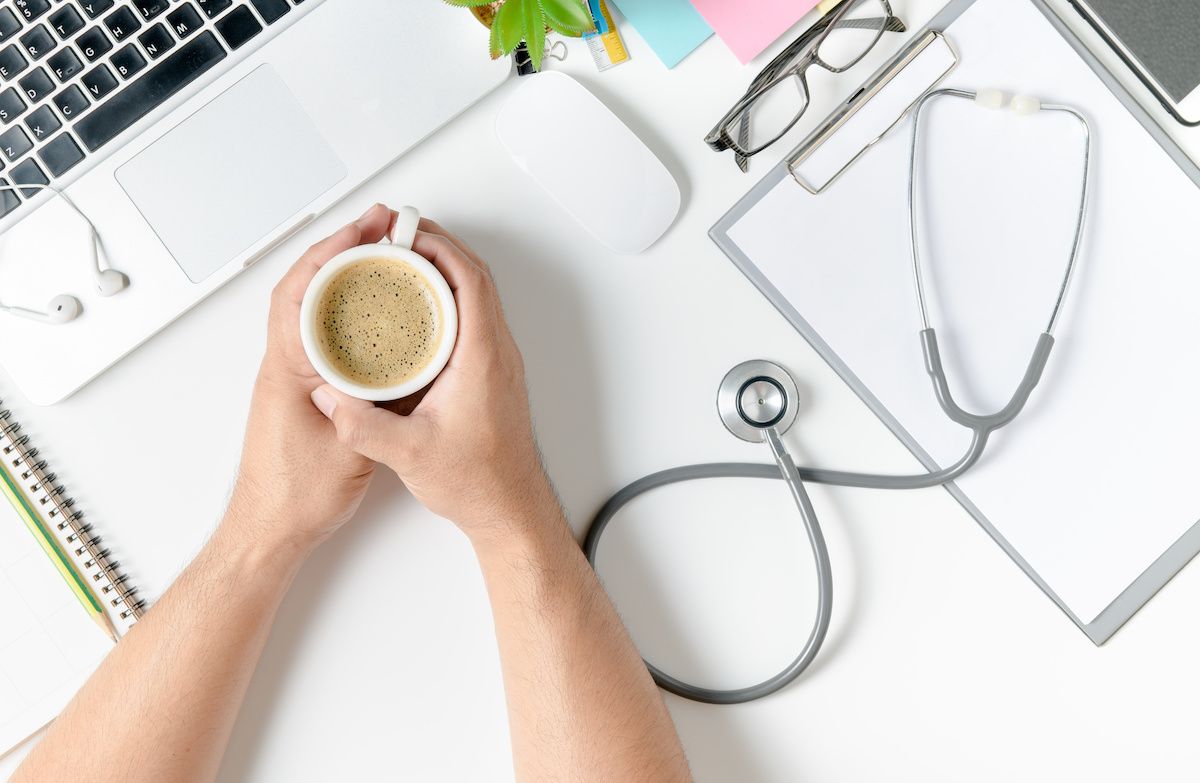Article
Patient Care is A Movie, Not a Snap Shot
When it comes to treating patients, most doctors get to see the snap shot, not the movie. Periodic visits, whether they are face-to-face or remote are usually “just in time†events. What happens between the visits is usually a mystery.

When it comes to treating patients, most doctors get to see the snap shot, not the movie. Periodic visits, whether they are face-to-face or remote are usually “just in time” events. What happens between the visits is usually a mystery.
Things are changing because everyone knows an ounce of prevention is worth a pound of cure, and we are running out of pounds. Consequently, we are seeing efforts to track patients and their behavior between visits to prevent inefficiencies and unnecessary hospitalizations and acute visits. For example:
1.
Using Apps to contact patients asking them to respond to standardized questions between visits
2.
Using predictive analytics to reduce surgical site infections
3.
Tracking patients to improve patient flow in hospitals using real time location systems (RTLS)
4.
Using care communication technologies to track not just patients, but their families as well
5.
Using telemedicine for follow up visits
In addition, the internet of things, remote monitoring, sensing, and gathering data from non-traditional sites of care, like school clinics, churches and beauty parlors, will provide data gatherers with a better understanding of not just the characters, but the plot as well.
Interestingly, most of these have to do not with sick care, but with the socioeconomic determinants of health outcome disparities like education, nutrition, income level, employment status, homelessness, poverty and behavioral health.
Unlike other shows, we have not seen this movie before and most should give it favorable reviews.




